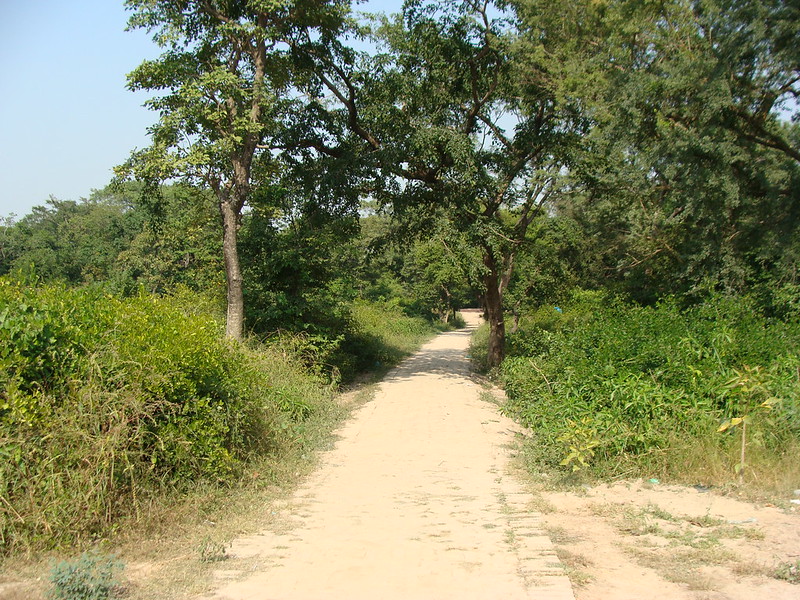
Practicing social distancing in rural India is far far more natural than in urban slums and clusters, in my view. In the cities, there is just not enough space and enough resources for the urban poor to stay away without rubbing shoulders. The food and essential commodities ‘shortages’ and panic amplify the impact and puts an undue burden on the system. Too little resources and people to manage too many. Including law enforcement agencies.
India Covid19 Tracker – Click To Get Latest Stats On Corona
The data in the infections clearly shows the extreme skew of disease towards states that have significant cities. The clusters are all-around cities. In fact, the states like MP, Orissa, Chhattisgarh and Bihar have significantly lesser cases than the states with metro-cities.
In contrast, in our distributed administrative system, a village with just a few hundred or a few thousand families is easier to manage by the panchayat or village munsiff. The houses are apart and maybe even on fields acres away from each other. Each one is pretty self-sufficient and essential, and survival resources available locally. There are better hygiene and self-discipline. There is an easier social distancing.
Moreover, the migrant population is, in a sense of panic away from the comfort zones of their homes and families in villages. They never belong here. Cities for them are like ATMs, not homes. Except that with no jobs, there is no money in the ATM, only expense. Why would one like to stay in a cashless ATM for days and weeks? That is the psychology we must understand and science we can use.
Also Read: First Ever National Survey To Measure Nutrition Levels Of Children – India
Another interesting stats that furthers the logic, though needs to be inferred with caution. According to Census 2011, roughly 69% of the country lives in rural areas. The National Health Profile 2019 data also shows that, of India’s 26,000 hospitals, roughly 21,000 are in rural areas and 5,000 in urban areas. Mathematically it turns out that 73% of the country’s government hospitals are located in rural areas. Unfortunately, in practicality, this changes when the dismal number of beds and doctors actually available in rural areas is taken into account.
Nonetheless, despite all the constraints, if COVID19 free migrants are moved back systematically to their rural homes – we are not amplifying risks but derisking and giving relief to the stretched public and national resources. The faster we do it, the lesser the problem we will have as a nation.